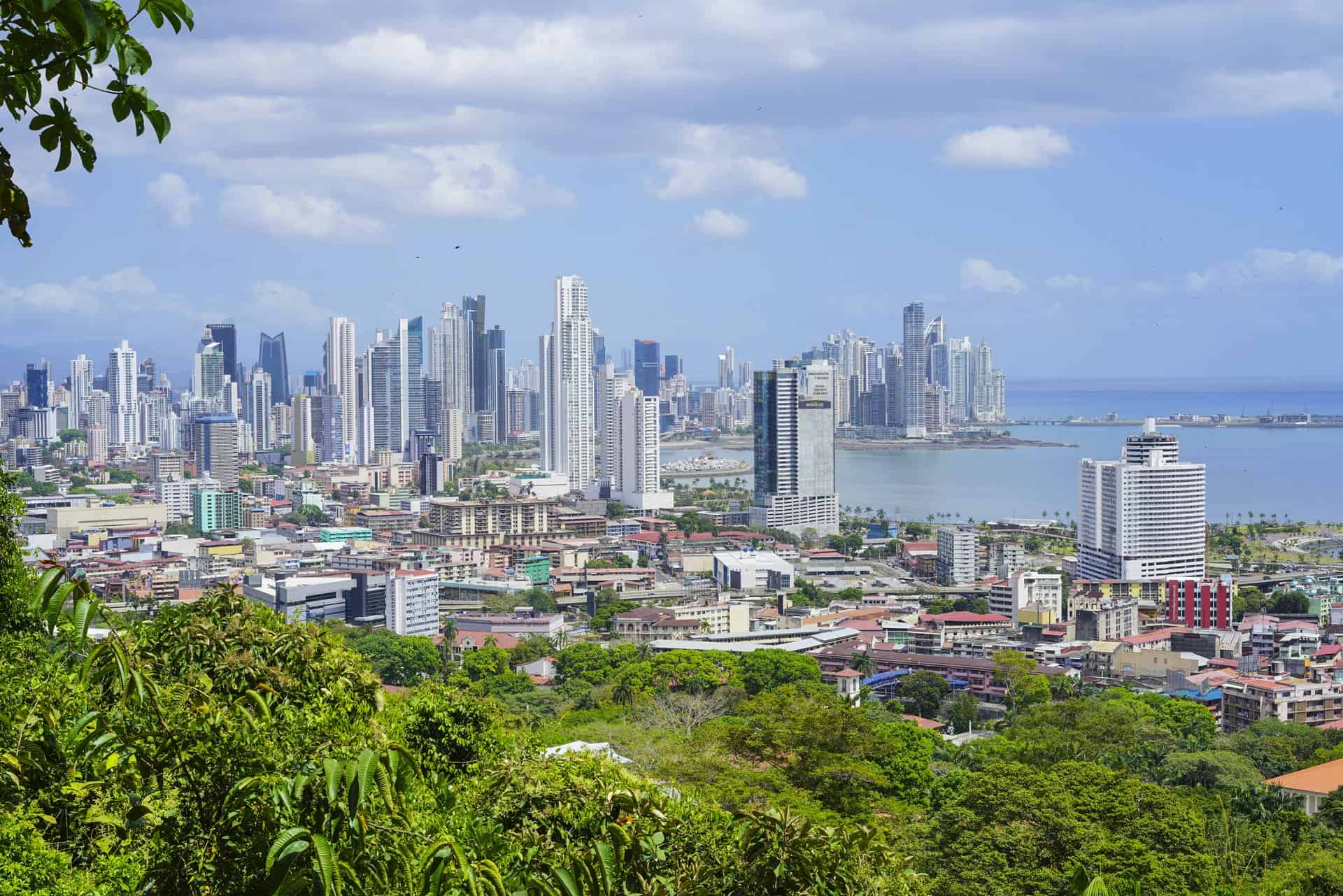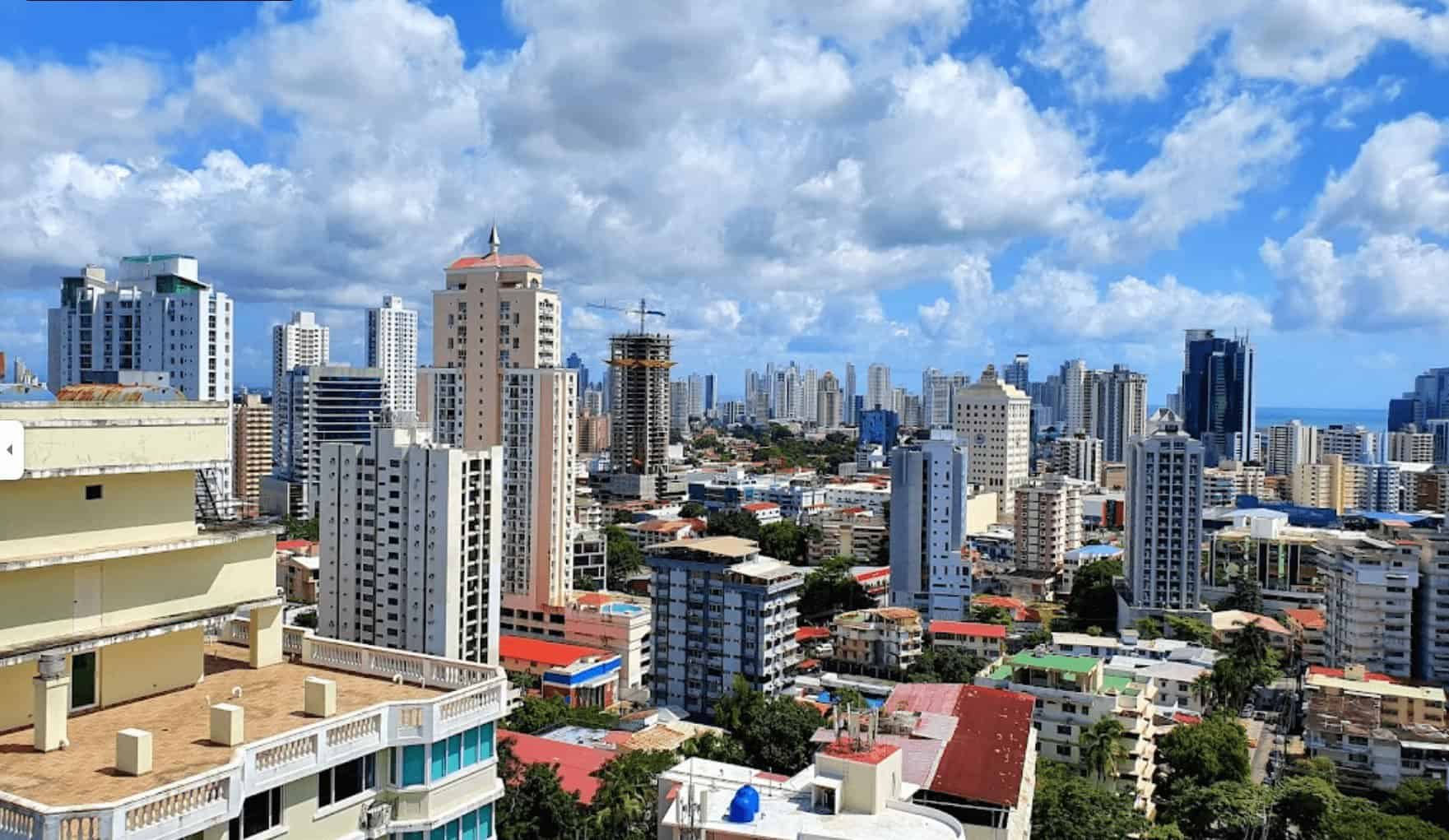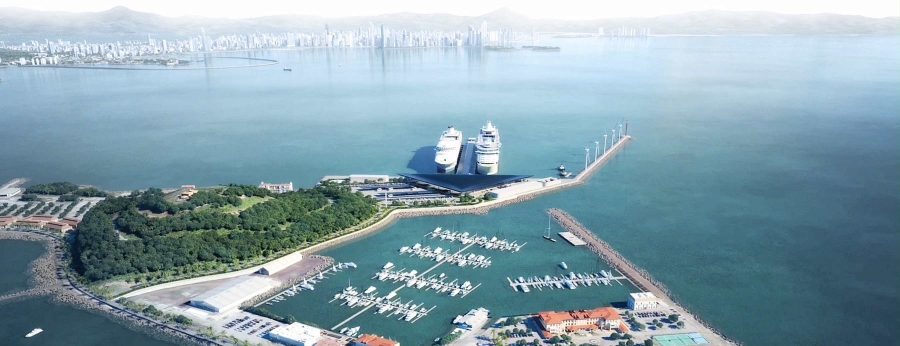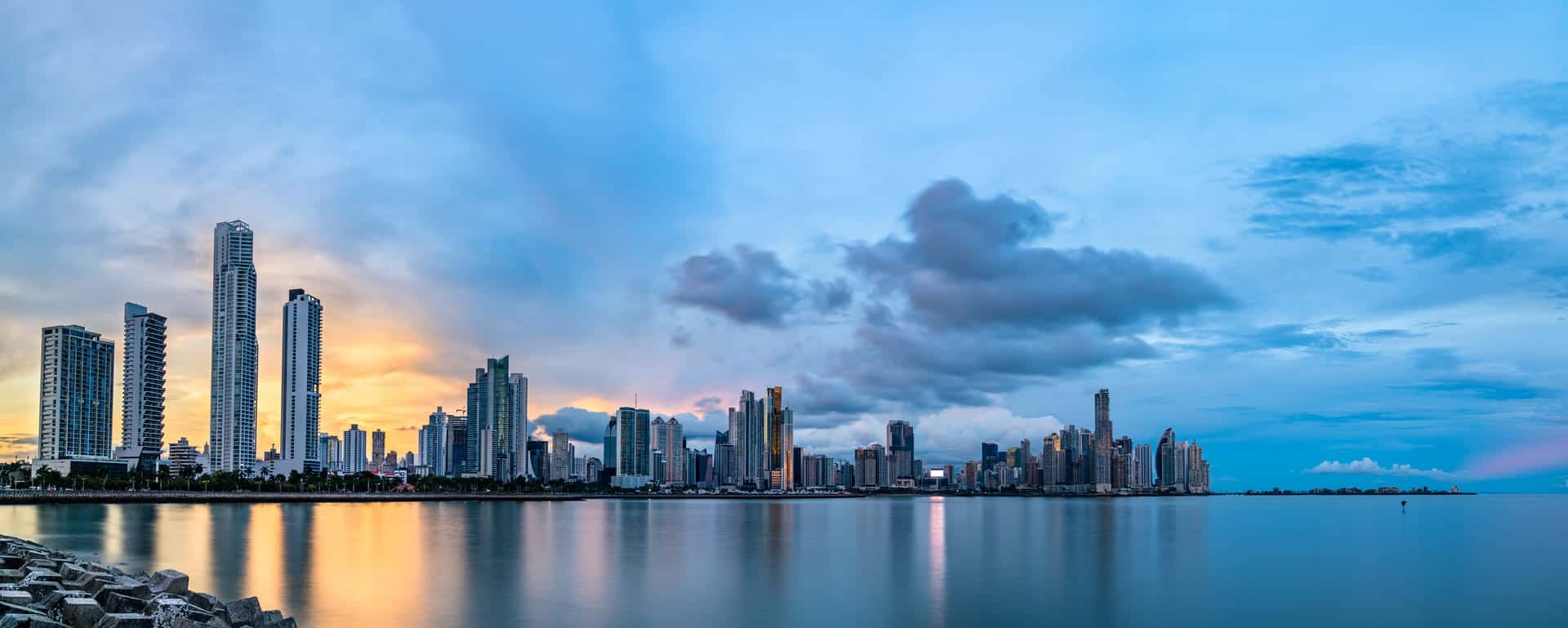Panama City, Panama – Panama has embarked on a groundbreaking project with the commencement of the 4th Bridge over the Panama Canal on March 12, 2024. This $1.4 billion venture is set to transform the country’s infrastructure, enhancing connectivity and bolstering economic growth, particularly within the Panama City metropolitan and Pacific Panama regions.
As this project unfolds, its innovative design and strategic significance underscore Panama’s commitment to advancing its infrastructure and economic landscape, promising to be a hallmark of engineering excellence and a catalyst for regional development.
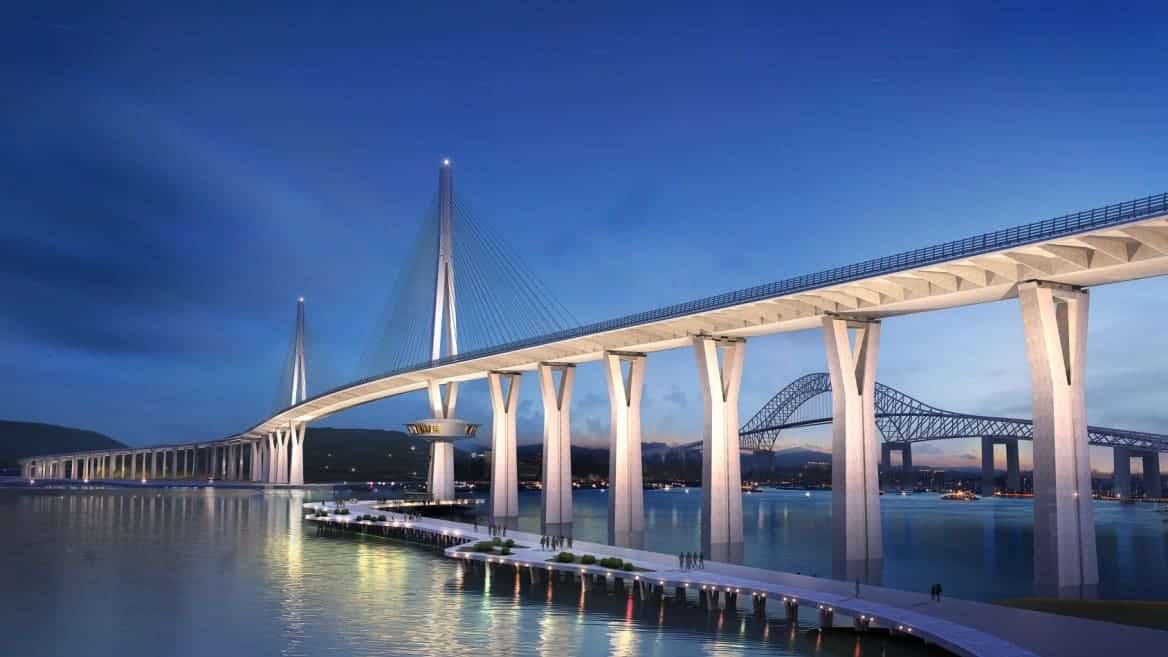
Key Takeaways
- The bridge is engineered for a design life of 100 years and will integrate cutting-edge bridge design and construction knowledge.
- Incorporating six lanes for vehicular traffic (three in each direction), two-way rail lanes to connect with Panama’s upcoming Metro Line 3, and a dedicated bicycle/pedestrian path, the multimodal crossing aims to enhance transportation accessibility.
- The West Tower will be distinguished by a restaurant and observation deck, adding a unique architectural element to the bridge.
- The project is expected to significantly expedite trade and traffic flow, becoming a vital economic driver for the region.
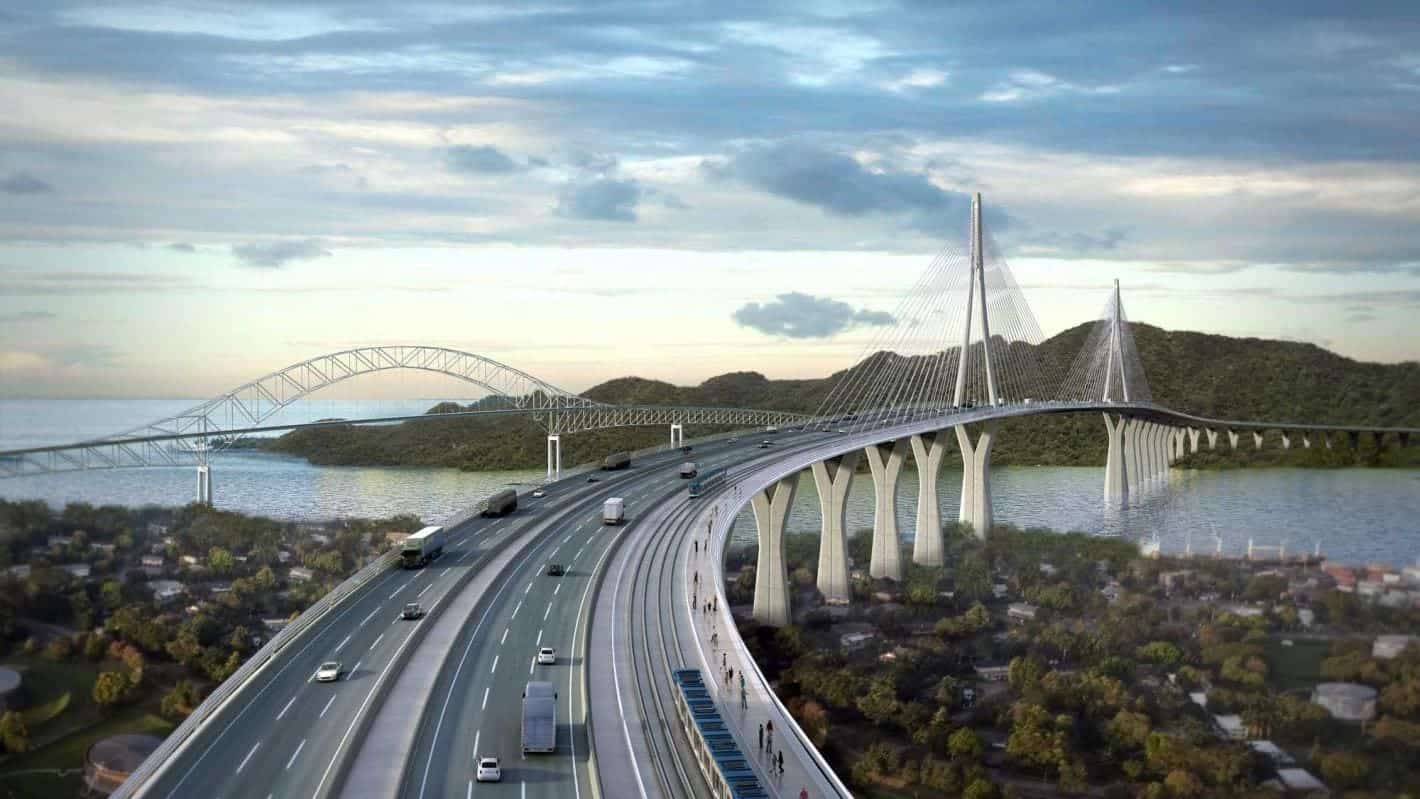
Project Overview
The construction of the 4th bridge over the Panama Canal marks a significant infrastructure development with a $1.4 billion investment set to bolster the Panama City metropolitan area and stimulate expansion within the Pacific Panama region. Strategically located north of the Bridge of the Americas, this new bridge is designed to improve connectivity between the western parts of Panama and the capital, directly impacting over 500,000 residents who live near the canal.
The bridge is expected to enhance the canal’s capacity for freight transport and streamline maritime traffic. With a targeted completion date of 2028, the design prioritizes resilience, incorporating advanced safety standards that surpass those of the American Association of State Highway and Transportation Officials (AASHTO) to ensure it withstands the area’s seismic activity.
In addition to its transportation function, the bridge will feature a restaurant, providing a unique dining experience with views of the canal. This aspect of the bridge introduces a lifestyle and cultural dimension to the project, promising to serve as a new social and culinary destination. Overall, the project represents Panama’s commitment to advancing its infrastructure to support economic growth and improve transport efficiency.
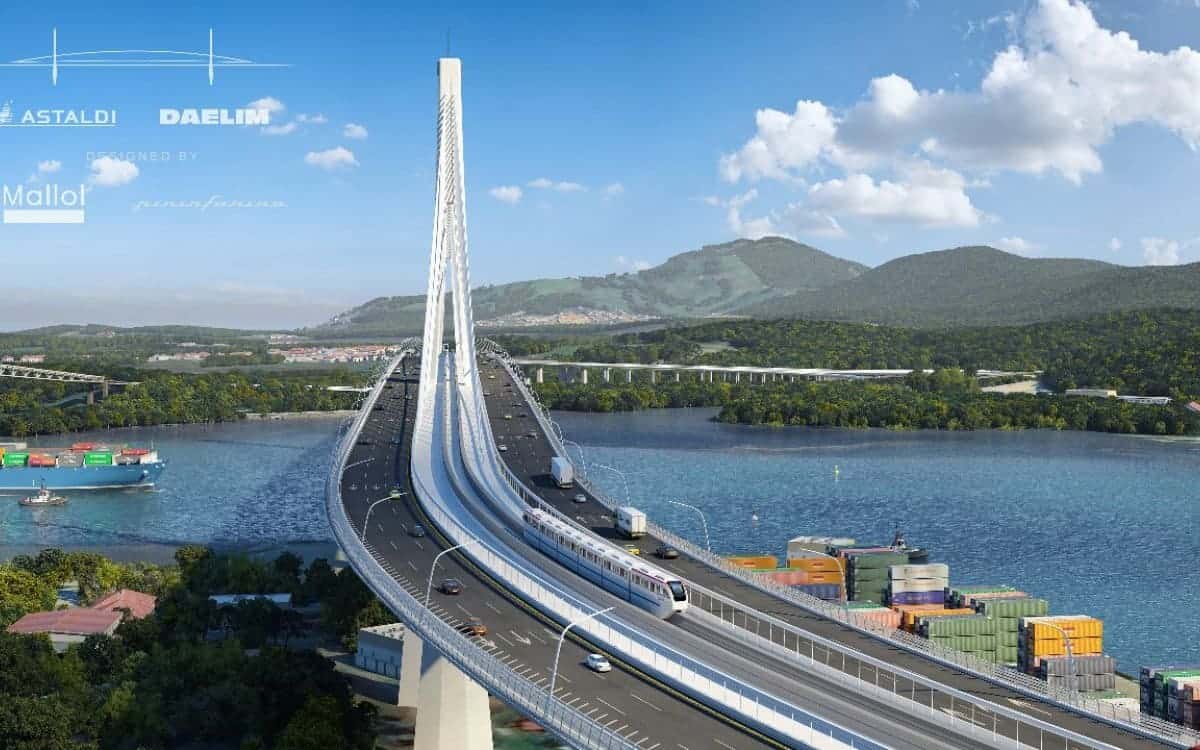
Design And Construction Approach
The construction of the 4th Bridge of the Panama Canal was envisioned as a 1,118-meter-long cable-stayed bridge with a 510-meter main span, the bridge is characterized by an inverted “Y” shape, the structure will boasts an approximate height of 185 meters, with a towering presence that ascends 110 meters above the deck. Designed with meticulous attention to detail, the central span aims to provide a generous 75-meter vertical clearance and a width of 350 meters across the navigation channel. This specification is carefully chosen to accommodate the passage of ships destined for the anticipated Fourth Set of Locks of the Panama Canal, emphasizing the bridge’s forward-looking design.
Featuring two robust towers that support multiple cable planes, this signature cable-stayed bridge will embody a blend of aesthetic appeal and functional prowess. The contributions of Pedelta, a key player in the project, are instrumental in shaping the bridge’s structural integrity and resilience. Their efforts include the development of comprehensive structural design frameworks, thorough reviews, and collaborative efforts in drafting essential design documents such as maintenance plans, ship impact assessments, and technical specifications.
In partnership with other esteemed collaborators, Pedelta has also delved into the intricacies of road design, drainage systems, signaling mechanisms, and foundation designs, ensuring that every aspect of the bridge’s infrastructure is optimized for longevity and safety. The project’s commitment to excellence is further underscored by its adherence to standards that not only meet but exceed those set by the AASHTO. This dedication to surpassing conventional requirements signals the bridge’s readiness to incorporate the latest and most innovative advancements in bridge design, setting a new benchmark for future projects worldwide.
Conclusion
The initiation of construction for the 4th Bridge of the Panama Canal marks the dawn of a new era characterized by infrastructural progress and enhanced connectivity, both locally and globally. With its remarkable design and meticulous construction approach, the 4th Bridge over the Panama canal epitomizes human creativity and cooperative endeavor. As we await the finalization of this monumental structure, it is essential to recognize its potential to catalyze regional growth and facilitate international trade. The 4th Bridge symbolizes not just advancement but also underscores the significance of innovation and collaborative action in shaping Panama’s landscape.

